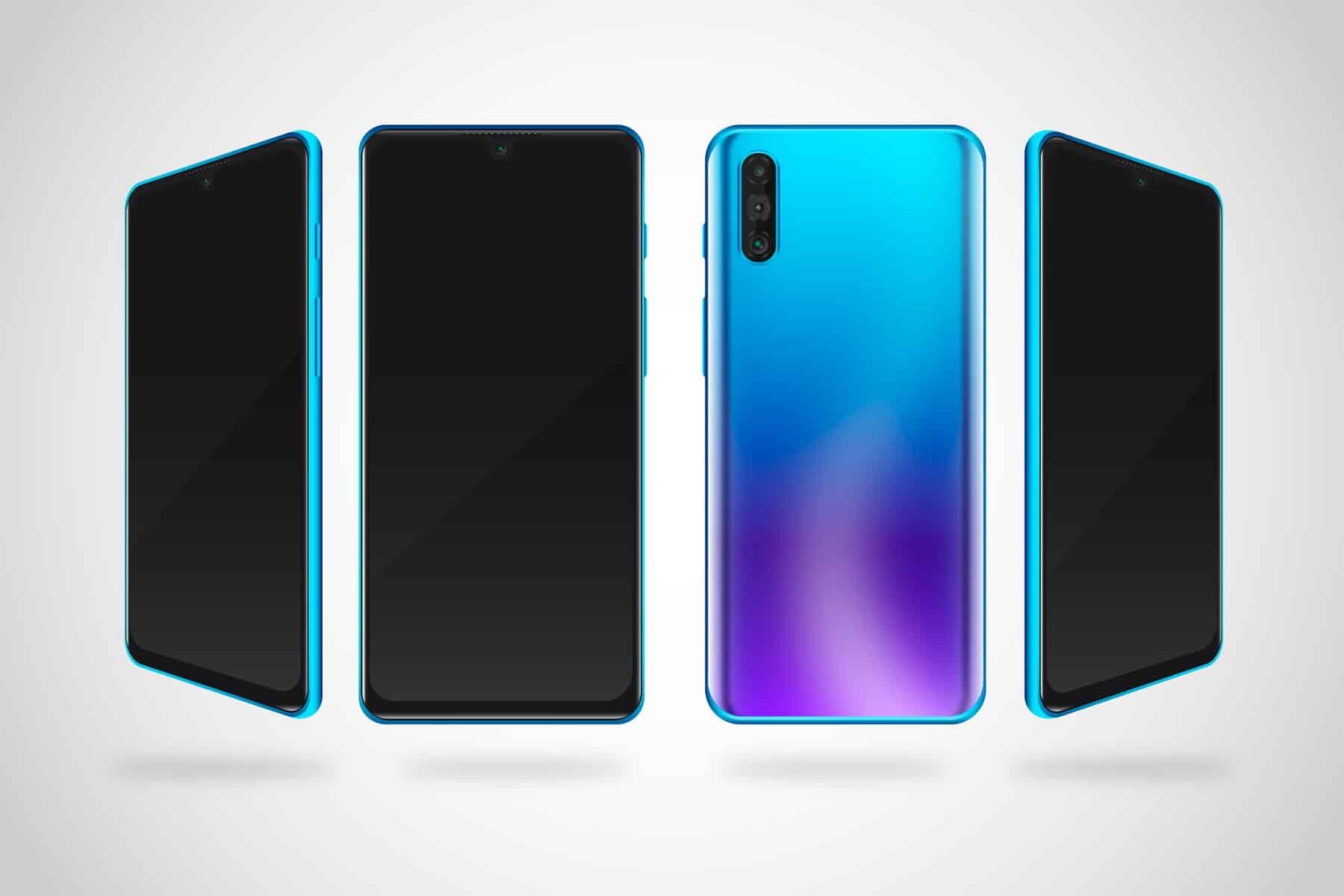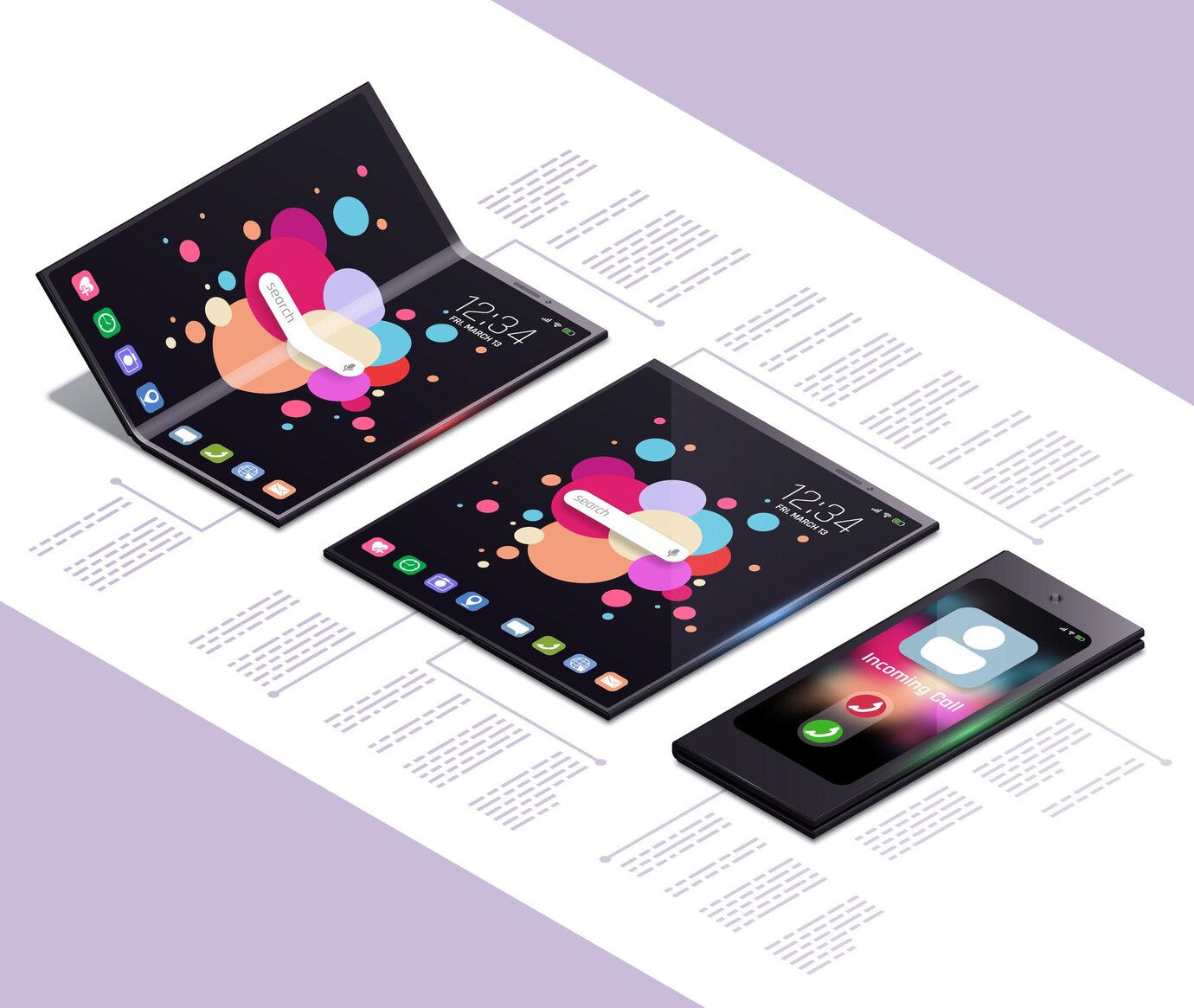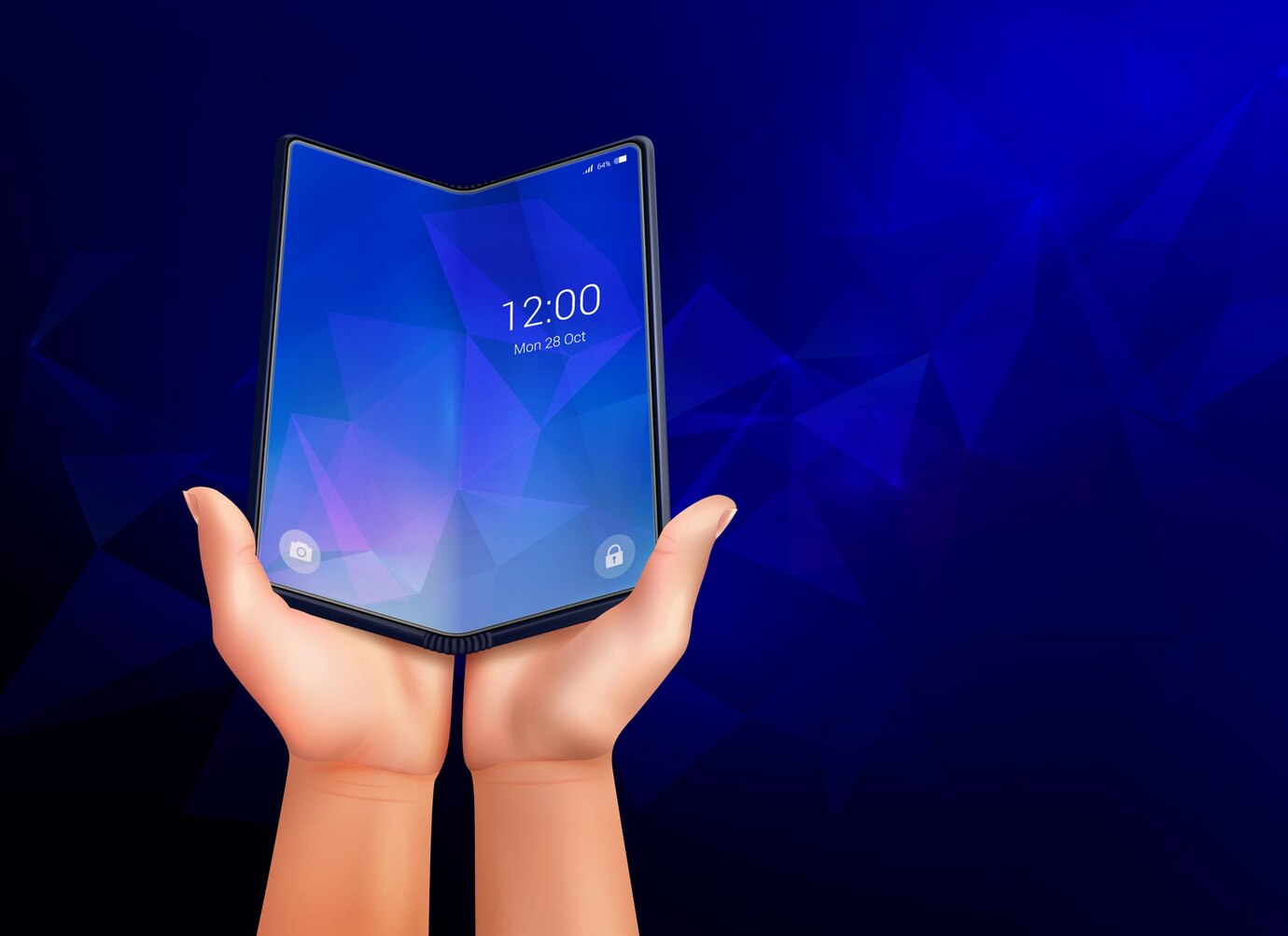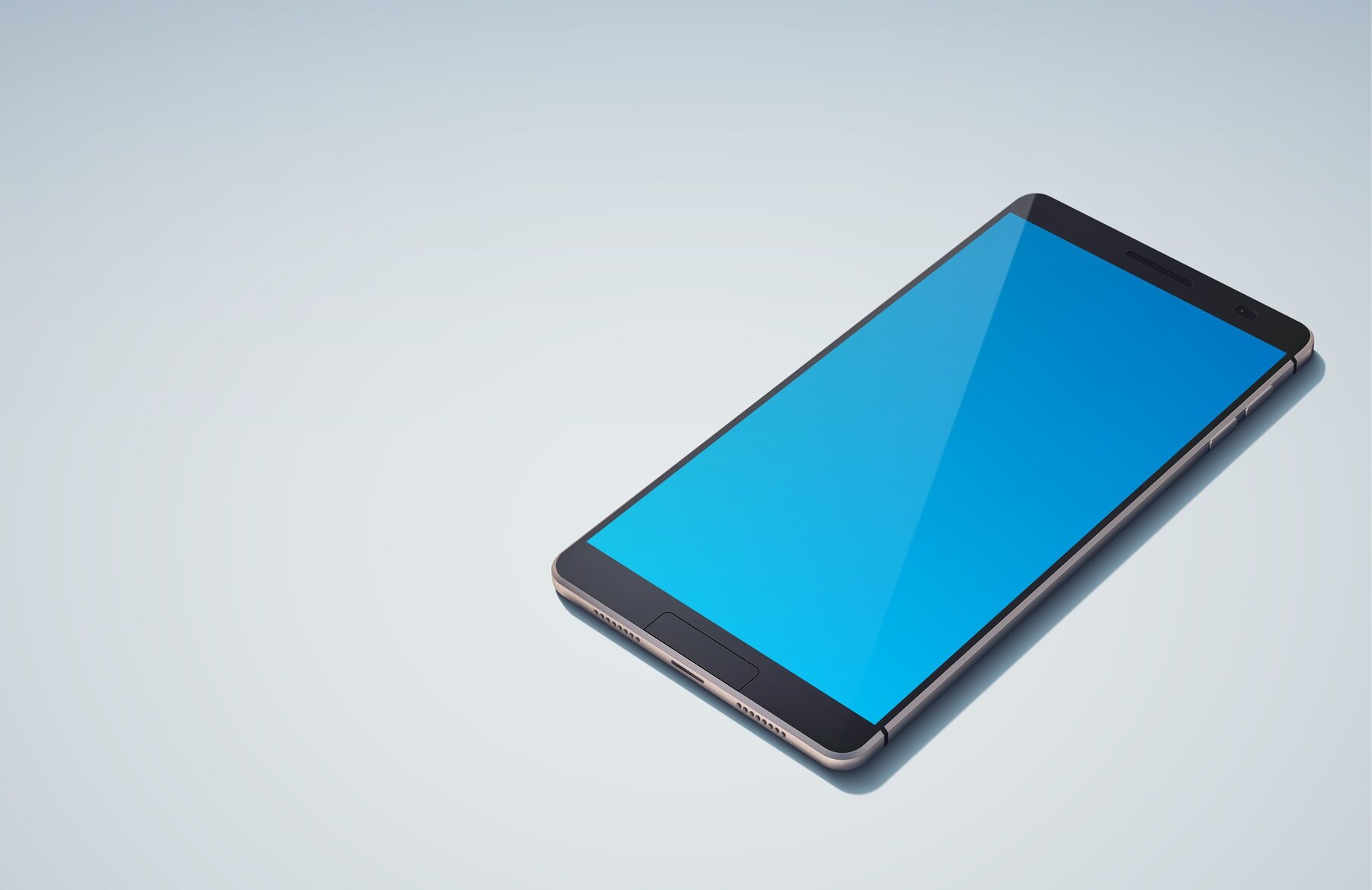
Foldable Phones vs Standard Phones: Which is Better?
Smartphone technology has quickly improved lately. One major change is the rise of foldable phones. But how do these devices compare to traditional smartphones? If you’re in the market for a new phone, deciding between a foldable and a standard device can be challenging. This foldable phone review will compare the best mobile phone design options, exploring the pros and cons of foldable devices to help you make an informed choice.
No matter if you like new tech or stick to reliable smartphones, this guide has you covered. It explains everything you need to know about features, durability, cost, and long-term use.

1. What Are Foldable Phones?
Foldable phones have flexible OLED screens. They can fold in half, giving you a bigger display without taking up more pocket space. They come in two main designs:
- Book-Style Foldables (Samsung Galaxy Z Fold, Google Pixel Fold): These devices unfold like a book, providing a tablet-like screen experience. Ideal for professionals and multitaskers.
- Clamshell Foldables (Samsung Galaxy Z Flip, Motorola Razr): These fold vertically like classic flip phones, making them more compact while maintaining a large display when opened. Best for users who want portability without sacrificing screen space.
The innovation behind foldables is exciting, but does it make them a better choice than standard smartphones?
2. Pros and Cons of Foldable Devices
Pros:
- Larger Screen in a Compact Form: Foldables offer tablet-sized displays while remaining pocket-friendly.
- Multitasking Capabilities: Split-screen and multi-window features are more effective due to the larger display.
- Innovative Designs: Foldable phones stand out with their futuristic look and premium build quality.
- Enhanced Productivity: Ideal for professionals who need extra screen space for work, presentations, and note-taking.
- Flex Mode Features: Some foldables enable hands-free video calls and media viewing by partially folding the screen.
Cons:
- Durability Concerns: Foldable screens are more fragile, prone to creases over time, and susceptible to dust and debris.
- Higher Costs: Premium pricing makes them less accessible compared to standard flagship phones, with some models costing over $1,500.
- Heavier & Thicker: The extra components add bulk, making them less comfortable to carry compared to traditional slim phones.
- Battery Life Challenges: Larger screens consume more power, often leading to shorter battery life and requiring frequent recharging.
- App Compatibility Issues: Some apps may not be fully optimized for foldable screens, leading to inconsistent user experiences.
While foldables offer unique advantages, they still have some drawbacks that might make standard smartphones the better choice for some users.

3. Standard Smartphones: Are They Still the Best?
Traditional smartphones continue to dominate the market due to their reliability and affordability. Here’s why they remain a top choice:
Pros:
- Proven Durability: No hinges or foldable screens mean fewer mechanical failures and long-term reliability.
- More Affordable Options: Standard smartphones are available in various price ranges, from budget to flagship models.
- Lighter and Slimmer: Without extra folding mechanisms, they are more comfortable to carry in pockets and handbags.
- Longer Battery Life: Standard phones generally last longer on a single charge, making them ideal for users who are frequently on the go.
- Optimized App Performance: Apps are fully developed and tested for standard phone screens, ensuring a seamless experience.
Cons:
- Limited Screen Space: You don’t get the larger displays that foldables offer, which can limit multitasking capabilities.
- Less Innovation: Standard designs lack the novelty and futuristic appeal of foldable devices.
- Restricted Multitasking: Smaller screens make multitasking less efficient compared to foldables, reducing productivity for professionals and creatives.
For users who prioritize reliability, affordability, and longer battery life, a standard phone may still be the best choice.
4. Best Mobile Phone Design: Which One Suits You?
Choosing between a foldable and a standard phone depends on your lifestyle, budget, and how you use your device daily. Here’s a breakdown to help you decide:
Who Should Buy a Foldable Phone?
- Tech Enthusiasts: If you love the latest innovations and futuristic designs, a foldable phone offers a cutting-edge experience.
- Multitaskers & Professionals: Those who need multiple apps open at once or a tablet-like experience will benefit from the larger display.
- Content Creators: Larger screens make video editing, photography, and streaming more enjoyable and efficient.
- Gamers: More screen space means better gaming experiences, improved controls, and an immersive feel.
- Luxury Buyers: Foldables are high-end premium devices, appealing to those who enjoy top-tier technology.
Who Should Stick to a Standard Phone?
- Everyday Users: If you use your phone mainly for social media, calls, and basic apps, a standard phone is more than enough.
- Budget-Conscious Buyers: Standard phones offer excellent performance at a lower cost, with flagship features available under $1,000.
- Long-Term Durability Seekers: If you need a reliable phone that lasts for years without hinge-related issues, a traditional smartphone is a safer bet.
- Battery Life Prioritizers: Standard smartphones tend to have longer-lasting batteries, making them ideal for heavy users and travelers.
5. Future of Foldable Phones: Are They Here to Stay?
Foldable phones are still evolving, and many experts predict they will become more mainstream as technology improves. Some expected advancements include:
- Stronger, More Durable Displays: New materials and hinge designs will improve longevity and reduce screen creasing.
- Better App Optimization: More developers will create apps specifically designed for foldable screens.
- Lower Prices: As production costs decrease, foldables may become more affordable for a wider audience.
- Improved Battery Life: Advancements in battery technology will address one of the biggest concerns with foldable devices.
- More Models & Competition: As more brands enter the foldable market, consumers will have more options, driving innovation and better pricing.
While foldable phones are not yet perfect, they are gradually improving and could redefine smartphone design in the next few years.

Which One Should You Choose?
The battle between foldable phones vs. standard phones comes down to personal preference and usage. This foldable phone review highlights how foldables bring innovation with their best mobile phone design, offering more screen space and enhanced multitasking. However, they also come with durability concerns and higher costs.
Standard smartphones are a practical choice. They offer reliability, affordability, and long battery life. If you’re considering a switch to a foldable, weigh the pros and cons of foldable devices carefully to ensure it aligns with your needs.
Are foldable phones the future, or will standard phones continue to dominate? Let us know your thoughts in the comments!
